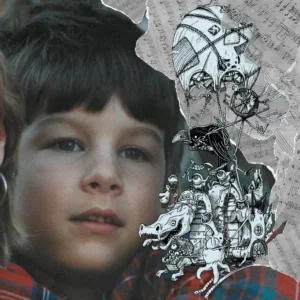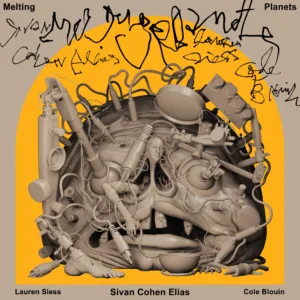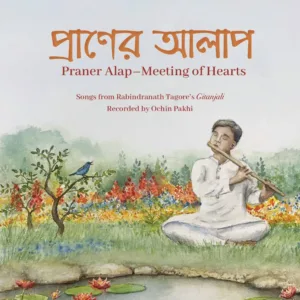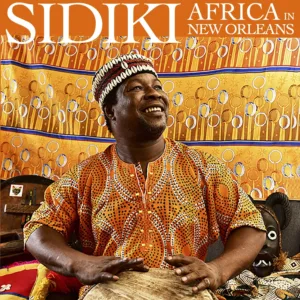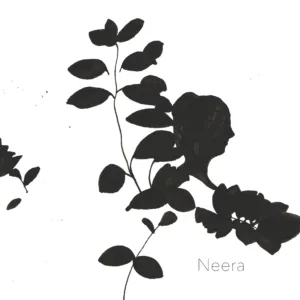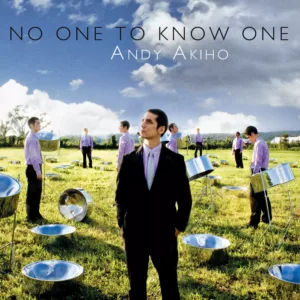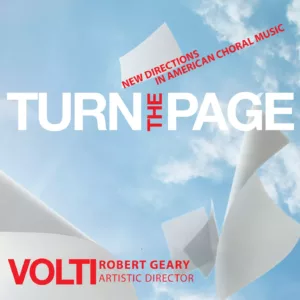The Mary Lou Williams Resurgence Project Volume 1: Small Ensemble Repertoire
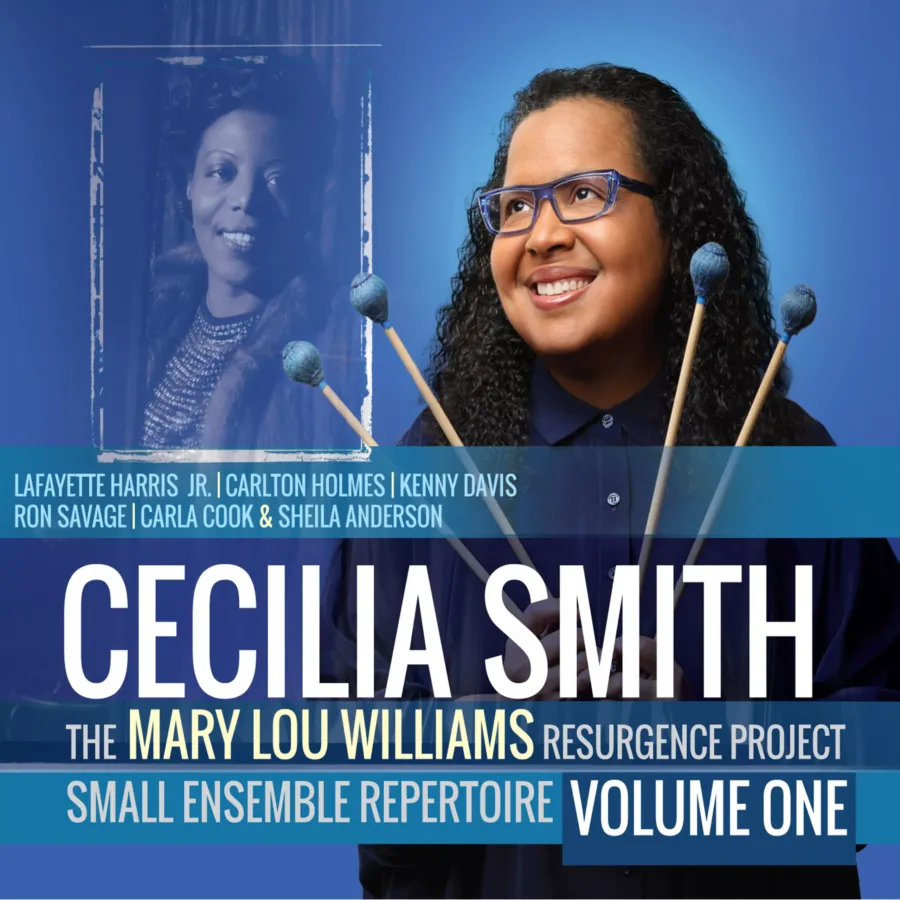
Building on a long track record of scholarship and interpretive artistry focused on the great Mary Lou Williams, vibraphonist and composer Cecilia Smith is proud to announce the release of Volume 1: Small Ensemble Repertoire, the new album from her NEA American Masterpiece Award-winning Mary Lou Williams Resurgence Project. Through countless hours of immersion in the Williams archive at the Institute for Jazz Studies, and direct access to manuscripts and scores from Williams’ former manager Father Peter O’Brien, Smith and her top-tier bandmates put their unique stamp on music either composed by Williams, composed in honor of her, or arranged and recorded by Williams during her lifetime. Among the timeless gems on Volume 1: Small Ensemble Repertoire is Williams’ previously unrecorded “Tell Me How Long the Train’s Been Gone,” sung by the acclaimed Carla Cook.
Pianist and composer Mary Lou Williams made her reputation as a road warrior with the storied Midwestern territory bands of the 1930s (notably Andy Kirk’s 12 Clouds of Joy). She gained renown as a formidable boogie-woogie pianist, but her pioneering role in Swing Era big band arranging and composition was for far too long unheralded. She also served as a mentor to Thelonious Monk, Bud Powell and other icons of the bebop revolution, and continued to refine and deepen her creative vision until her death in 1981. In Smith’s treatments we hear the intelligence and inventiveness that Williams brought to all her endeavors. With her seasoned swing feel and sparkling touch on the vibes, Smith finds a solid rapport with longtime colleagues Lafayette Harris, Jr. and Carlton Holmes (sharing piano and Hammond organ duties), bassist Kenny Davis and drummer Ron Savage. The album is coproduced by Smith, Harris, Jr. and master trumpeter and educator Cecil Bridgewater.
On Volume 1: Small Ensemble Repertoire, Smith extends her considerable performance history with Mary Lou Williams’ music, bringing new insights and ideas to the work at every opportunity. She leads off with her original “Sketch One — Truth Be Told,” incorporating a sequence of motifs drawn from Mary Lou’s pieces “Nicole,” “Waltz Boogie” and “Truth” (a.k.a. “Scratchin’ in the Gravel”). The fourth and final motif, commonly identified with Thelonious Monk’s “Rhythm-a-ning,” is in fact a riff from the killer shout chorus in Mary Lou’s “Walkin’ and Swingin’” (1936) — just one of Williams’ innovative contributions to the band book of Andy Kirk’s 12 Clouds of Joy. “Sketch Three — 100 Years of Mary Lou Williams,” a Smith original in . time, is another fine example of elevated swing and flowing lyricism. “I’ve combined a gospel feel with unique harmony and a simple melody,” the composer remarks. “My mission is to keep Mary Lou’s music current and in the world as part of the jazz narrative.”
Cecilia Smith is a leading vibraphonist of the four-mallet technique and an avid composer and arranger, with six albums as a leader to her credit. She has recorded and performed with Gary Bartz, Milt Hinton, Randy Weston, Marian McPartland, Donald Harrison, Greg Osby, Billy Pierce, Mulgrew Miller and Cecil Bridgewater. Her vibraphone stylings can be heard on Cassandra Wilson’s acclaimed Traveling Miles, Digable Planets’ Blowout Comb, Lonnie Plaxico’s Short Takes and more. She received a Joyce Foundation Award to develop her multimedia work Crossing Bridges. Another multimedia work in development, Decisive Moments, is being made in collaboration with Blue Man Group video artist and filmmaker Kevin Frech. Smith is a 2016 recipient of the Ziegfeld Club’s Elizabeth Swados Award. She is the Artistic Director of the Mary Lou Williams Resurgence Project and a teaching artist for nonprofit organizations and social service agencies.
